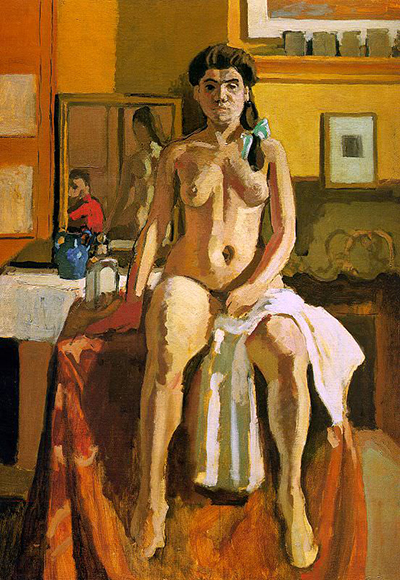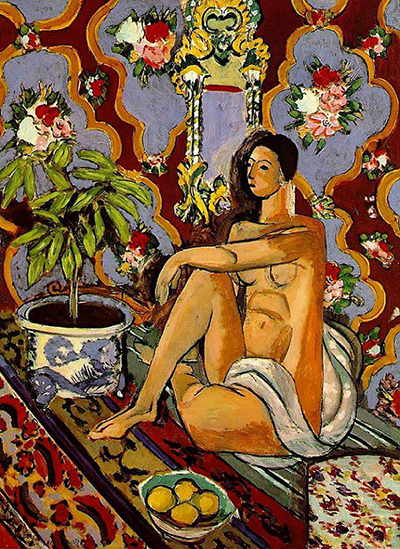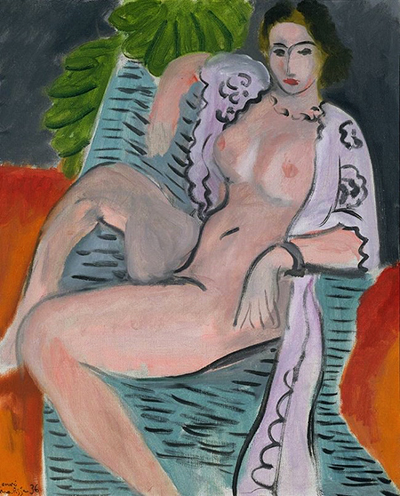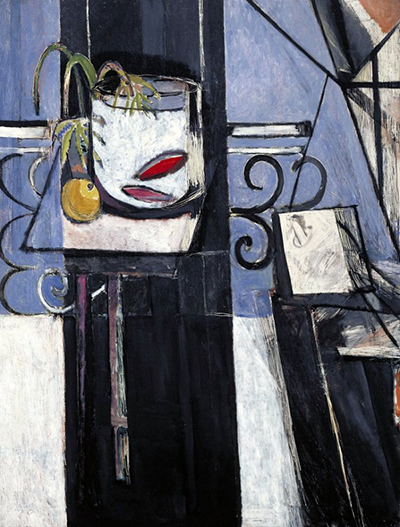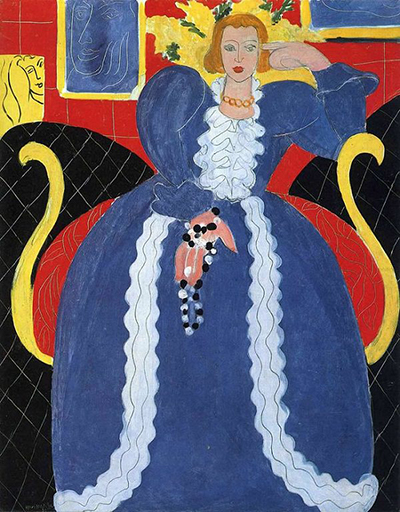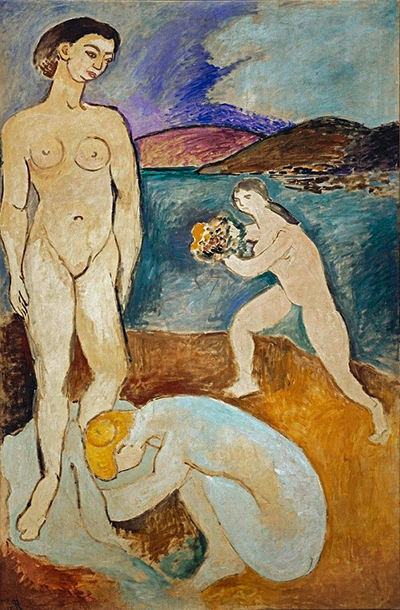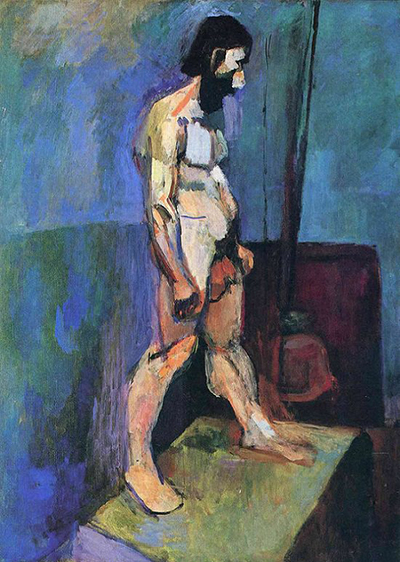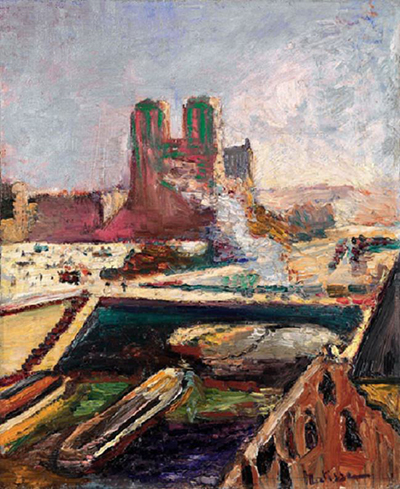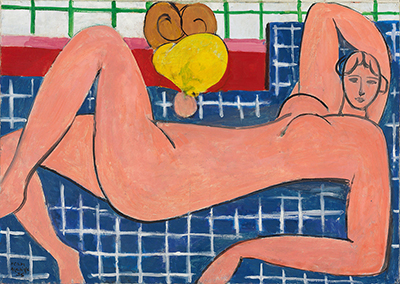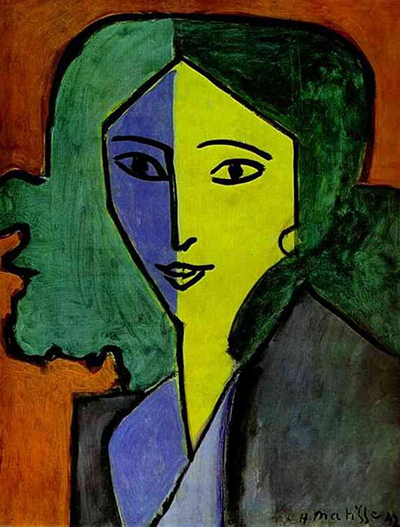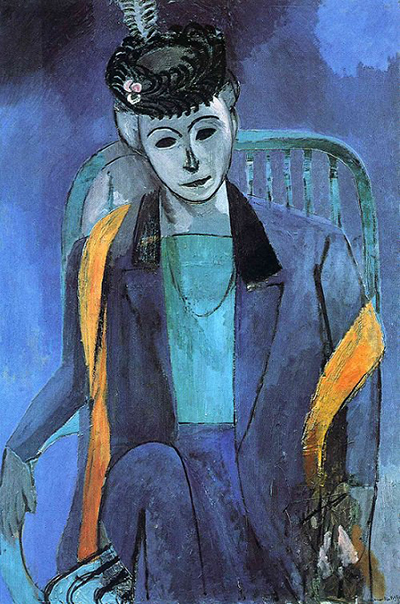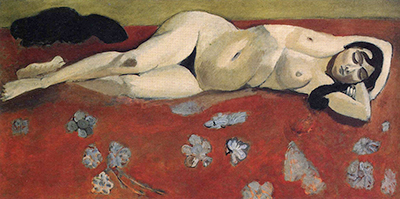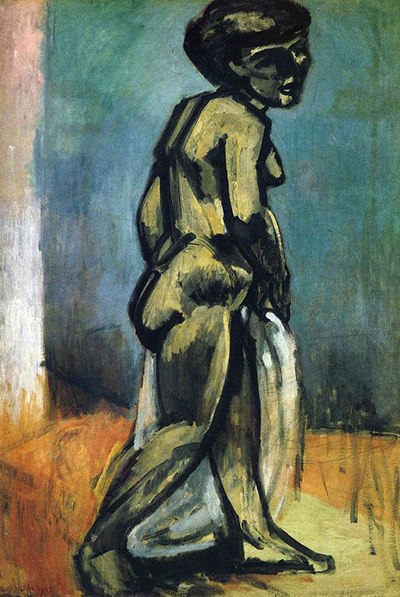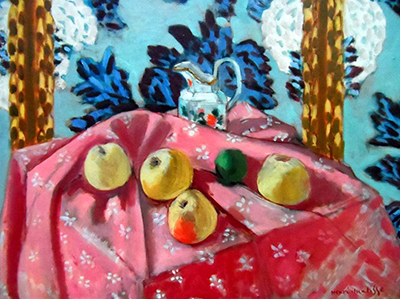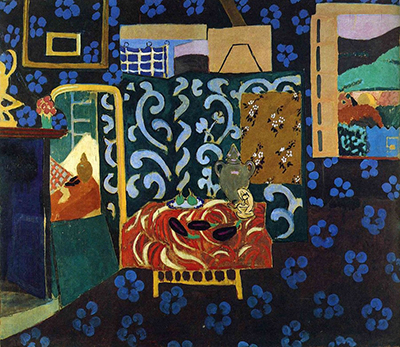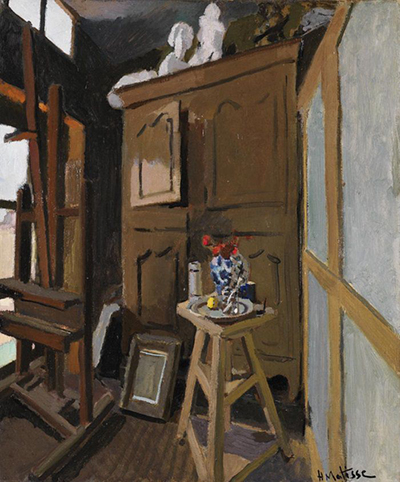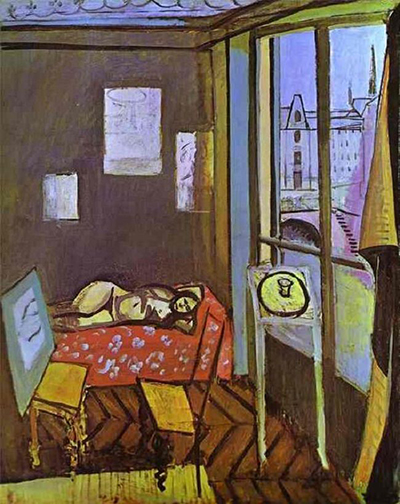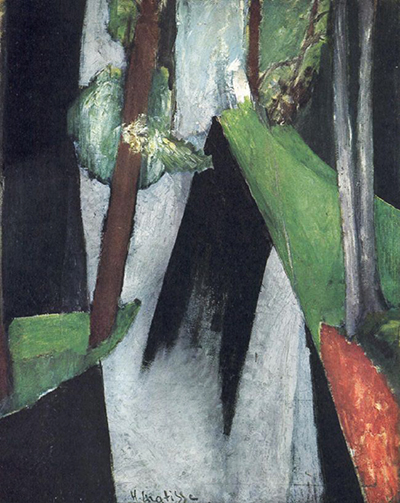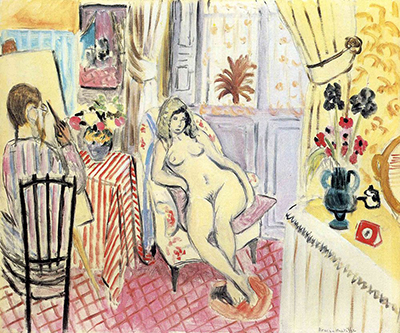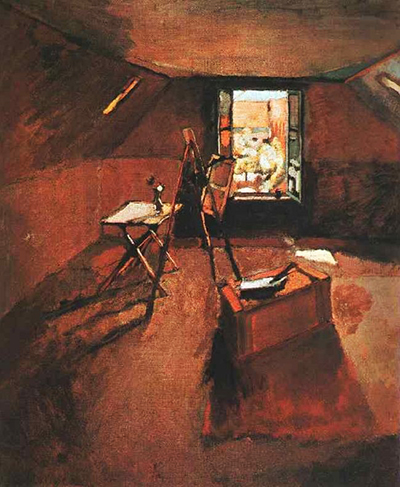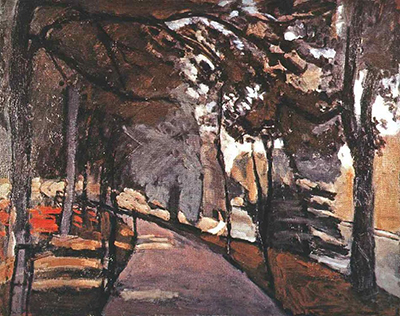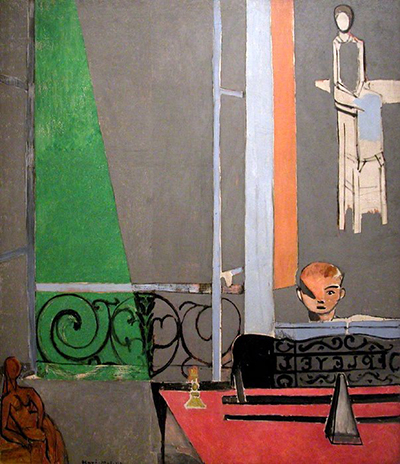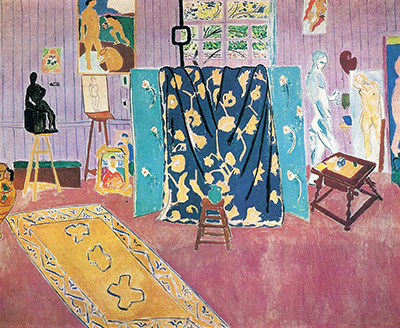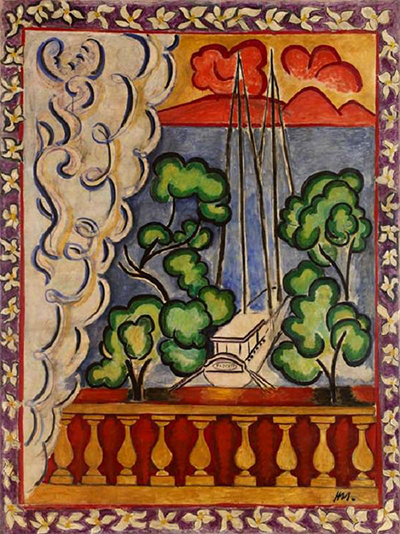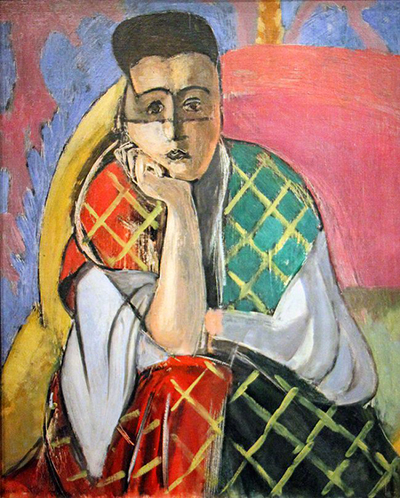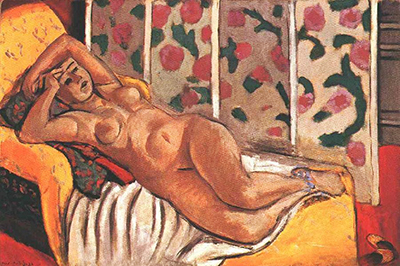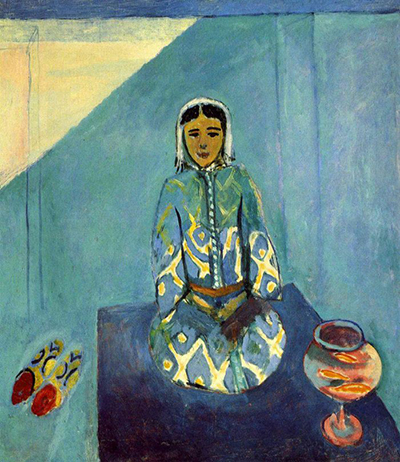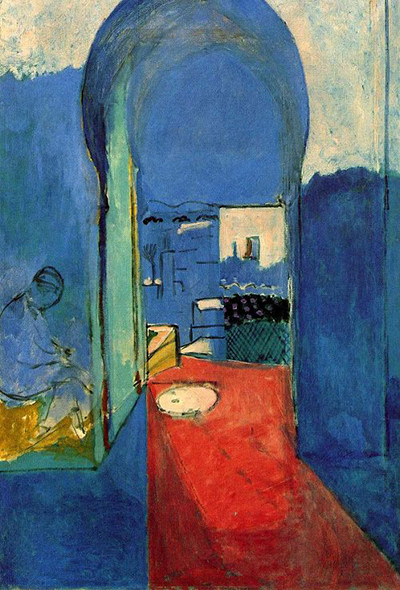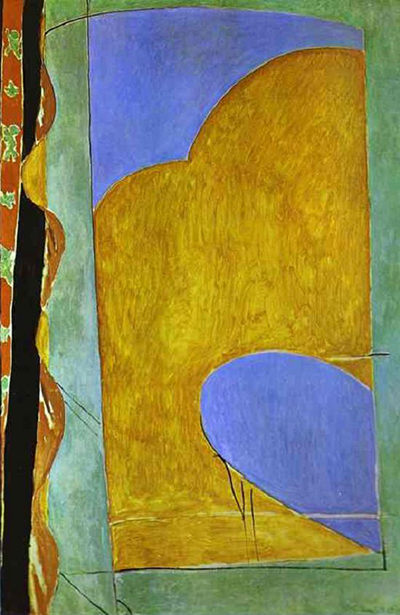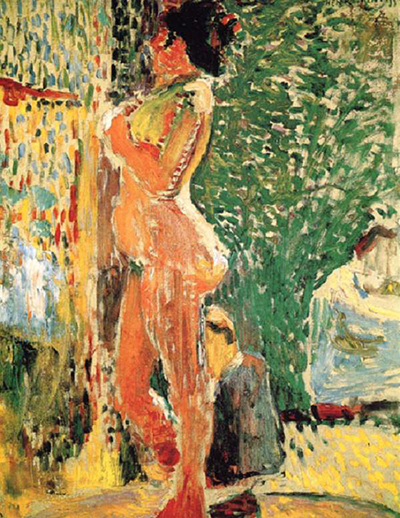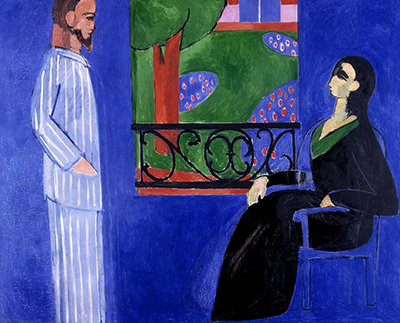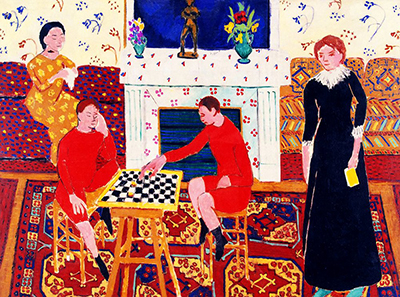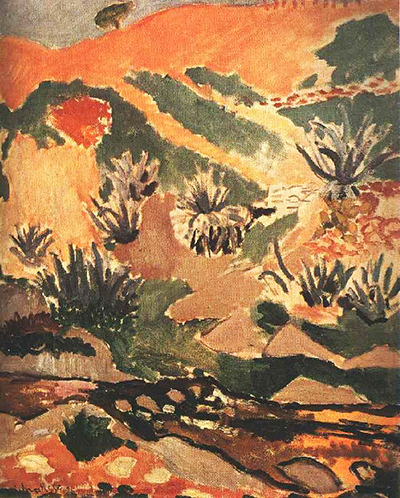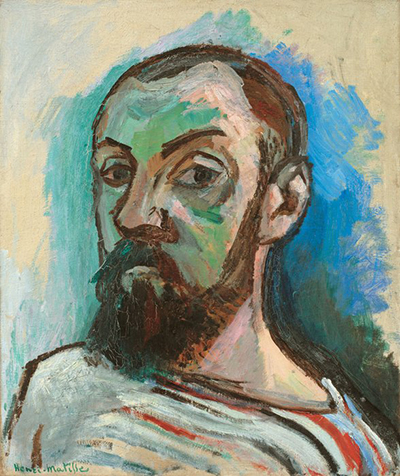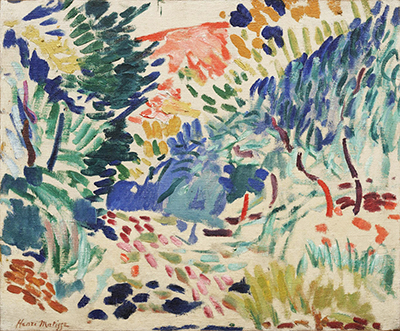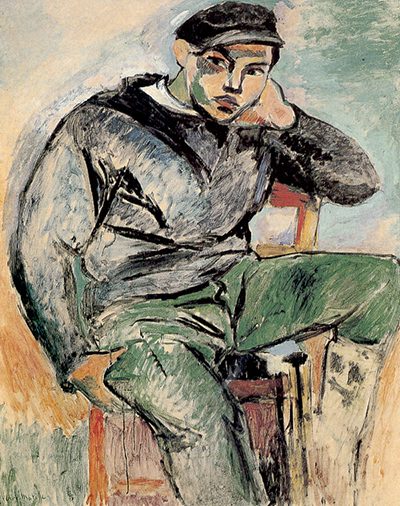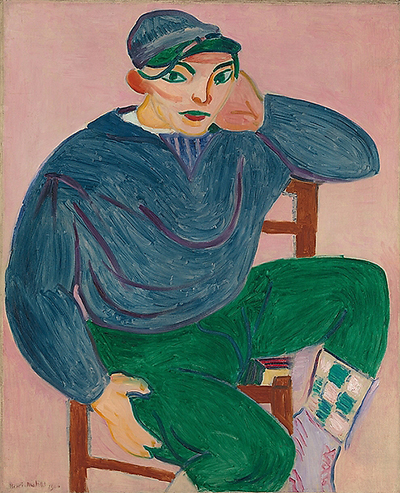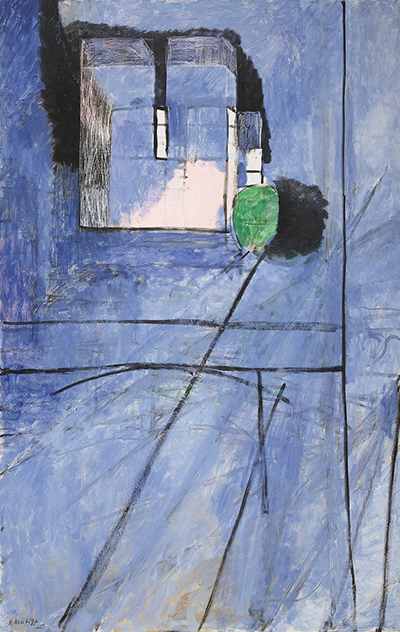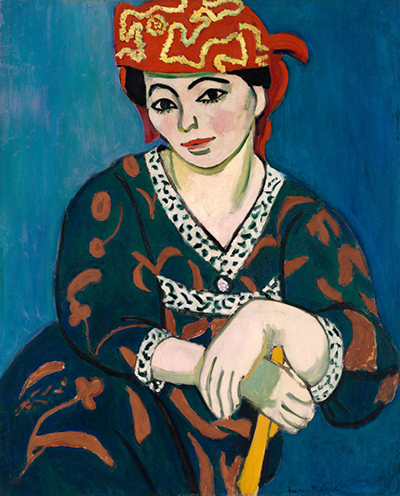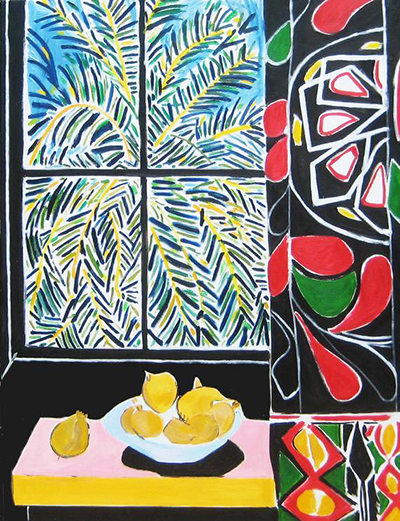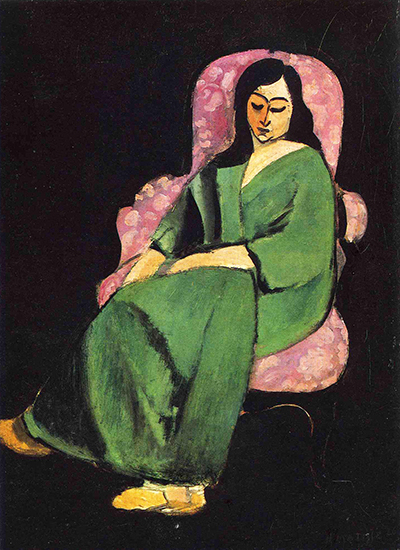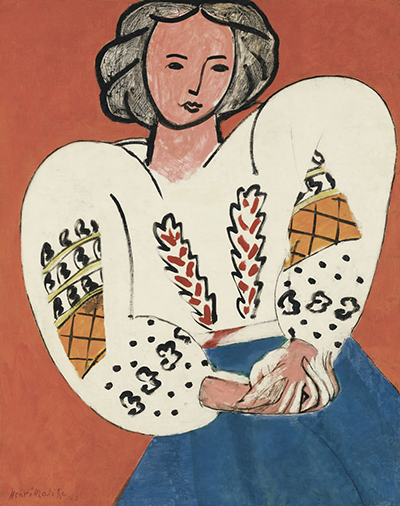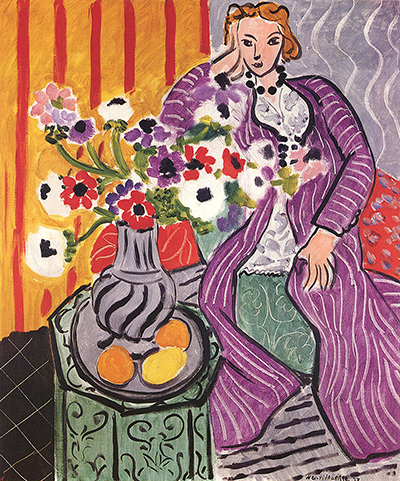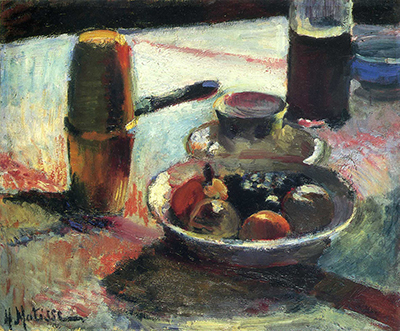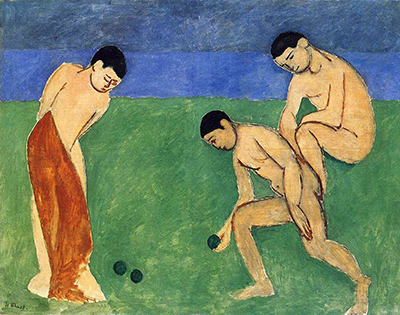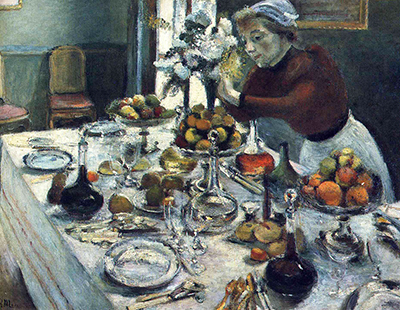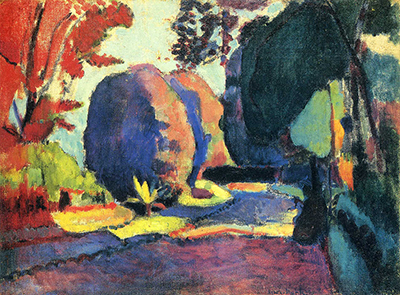Henri Matisse's paintings helped to establish the artist as one of the most significant painters of the 20th century and his ingenuity allowed him to cover several different formats of modern art during his long and distinguished career.
The Early Influences on Henri Matisse
Matisse's early influences were particularly traditional and academic of nature, with a young Henri being taught by the highly respected William-Adolphe Bouguereau and Gustave Moreau. This type of teaching might help to explain why the bright colour palettes that we all associate with Matisse did not actually appear into later on into his career. The technical skills that the artist learnt here would set him up for life but he would not stick with the same artistic styles that his masters preferred.
Matisse successfully mastered all that was asked of him from these two famous names. Still life and landscape scenes helped him to learn his craft and convince his tutors of his potential. He is also known to have studied the work of Jean-Baptiste-Siméon Chardin, Nicolas Poussin and Antoine Watteau during this period. Some of the more modern styles to have come to his attention were the paintings of Manet and also a plethora of Japanese art. This intelligent young man was capable of following several different paths or professions but eventually decided that art was the right route for him.
A further artist of note was Chardin, who impressed Matisse during his frequent visits to the Louvre. He would sit in awe of several pieces by this French painter, making his own copies of them on several occasions. Chardin himself is considered a particularly skilled artist who specialised in still life paintings, though his legacy cannot be considered as impactful as that of Matisse. That said, to be featured so prominently at the Louvre in Paris is evidence enough of a strong artistic reputation that he continues to enjoy today.
Over the next few years the artist would seek out further inspiration and ideas beyond what he had found in Paris. Australian painter John Russell would introduce him to the work of the Impressionists in far greater detail than he had previously been exposed to. This helped to develop his understanding of colour, something that would later become a signature of his own style. It was also around that time that he started to brighten up his work and move closer to the modern art movements that he is now most closely associated.
Towards the end of the 19th century Matisse would travel to London in the UK in order to peruse their impressive art collections. Many impressionists had previously made the same journey and it was Camille Pissarro who specifically recommended this city as a host to many fine art collections. The work of William Turner, which earlier had inspired Monet himself, was of particular interest to Matisse and very little of it could be found outside the UK at this point. He would also have a trip to several Italian islands too in order to continue to expand his artistic mind. In fact, Turner himself had made a similar journey many years earlier.
Henri Matisse's own Art Collection
Henri Matisse, as with many of his artist colleagues across the centuries, put considerable time, effort and money into building up a collection of art. Artists would normally choose items that they appreciated rather than hoping for a later profit. The main purpose would be inspiration for their own careers - what better way to study your favourite painters or sculptors than by having access to some of their work whenever you liked. As discussed previously, Matisse appreciated art from a variety of movements and felt that he could learn from each one in different ways. His collection would also become a mixture of influences, reflecting his curious mind.
Passion was a key driver too, Matisse was even willing to carry the burden of debt from time to time in order to acquire his favourite pieces. His collection also continually changed from sometimes selling off pieces in order to finance new purchases. Some of the most notable items to come under his ownership at one time or another included a sculpture by Rodin, an oil painting by Gauguin, a drawing by van Gogh and, most famously, Cézanne's Three Bathers. Many considered Cézanne to be the ultimate artist’s artist and that was very much the case from Matisse’s point of view.



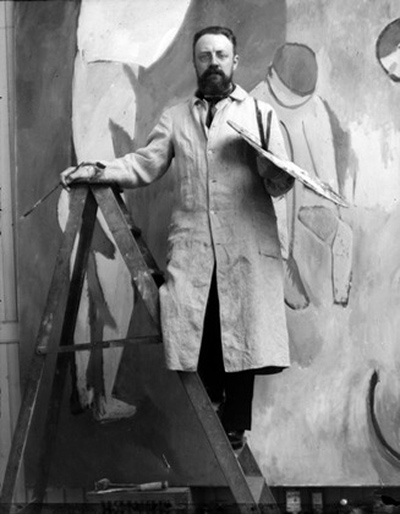
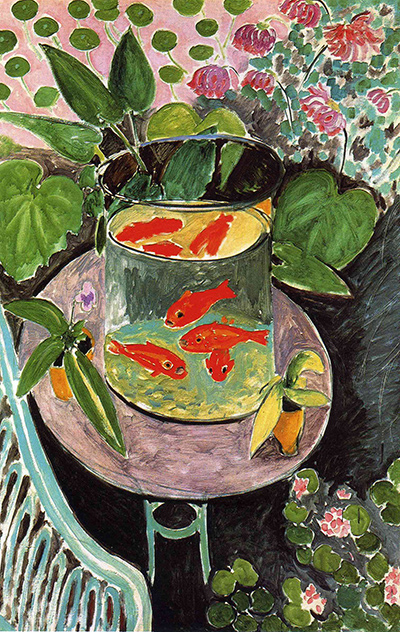
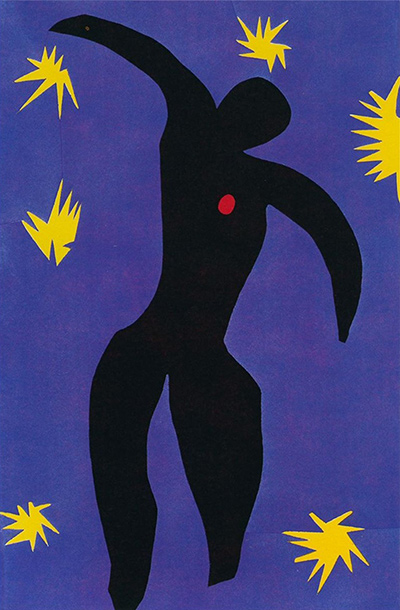
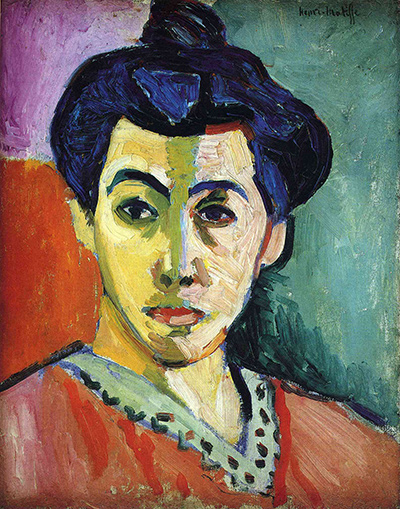
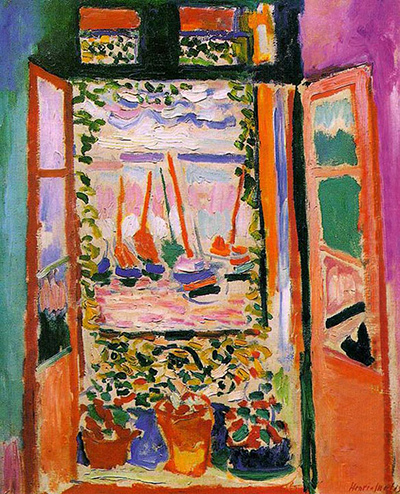
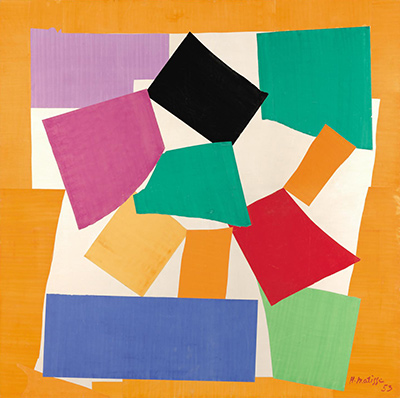
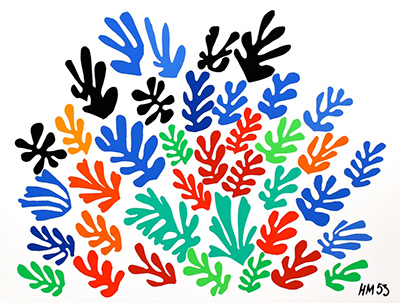
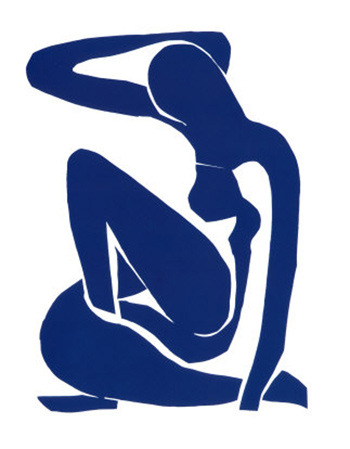
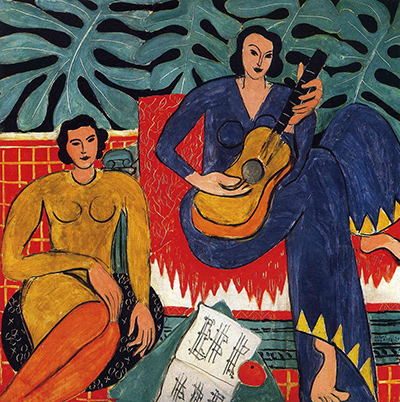
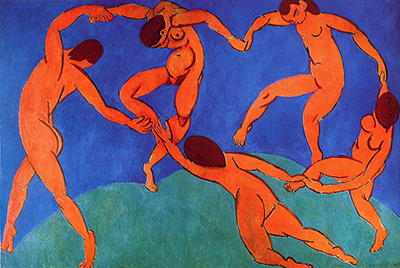
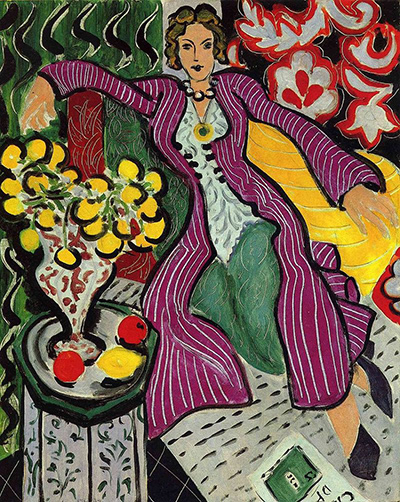
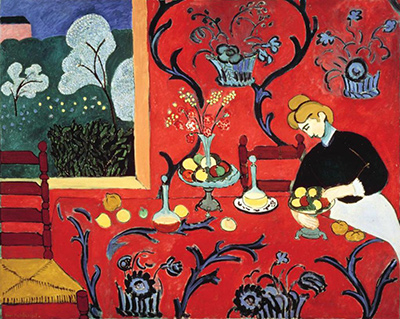
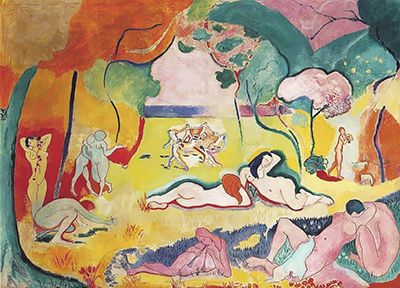
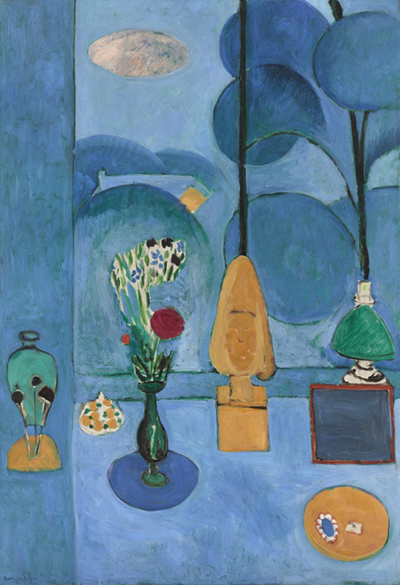
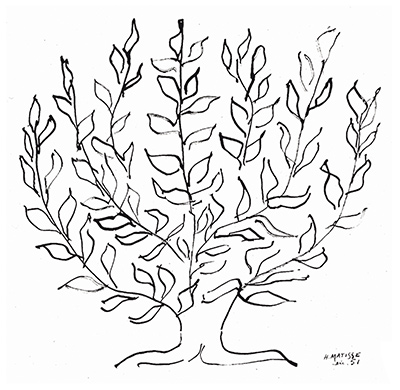
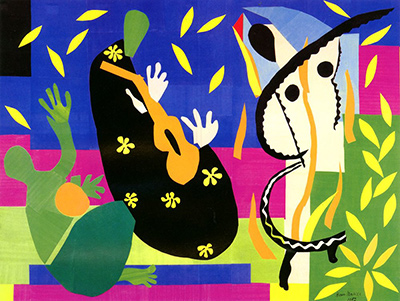
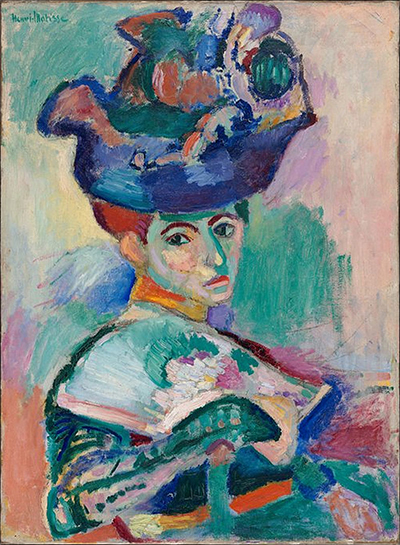
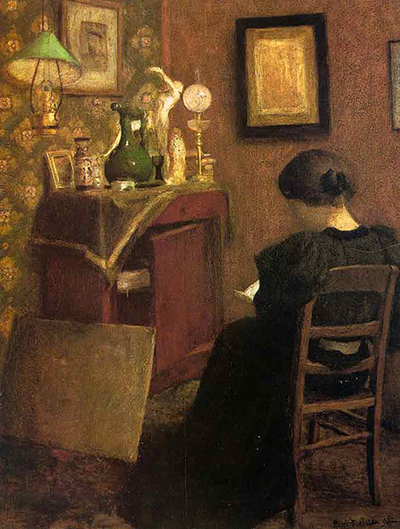
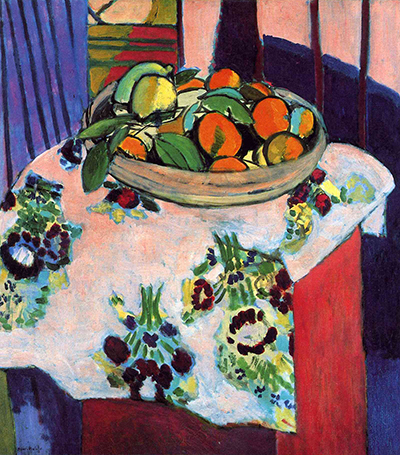
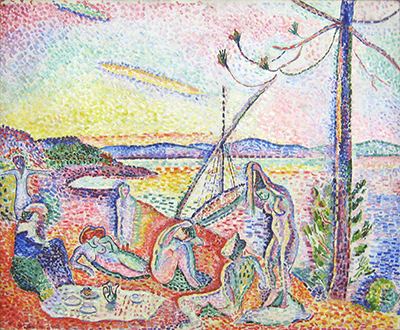
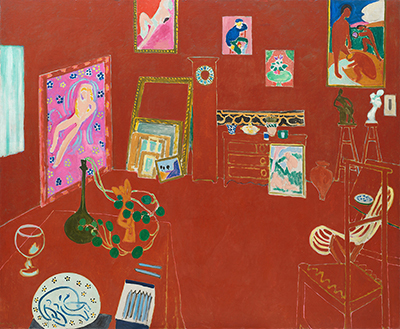
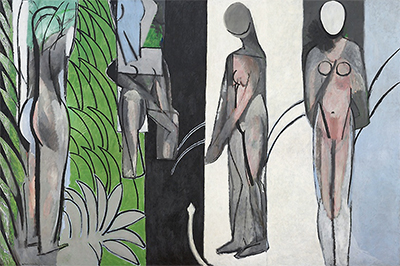
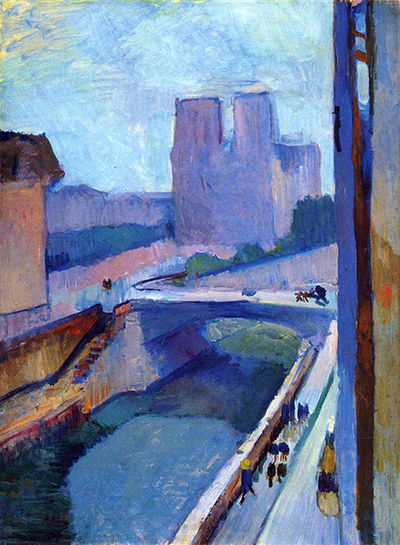
 Henri Matisse.jpg)
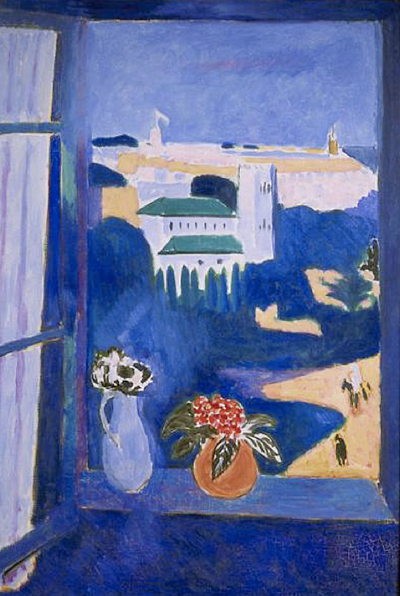
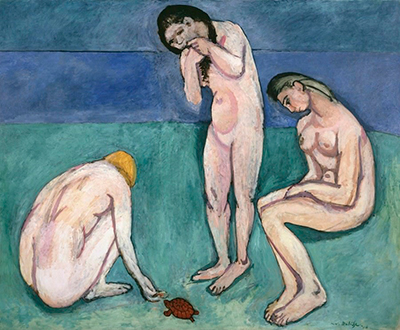
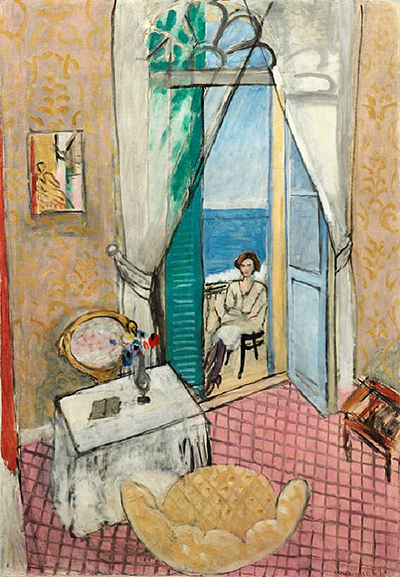
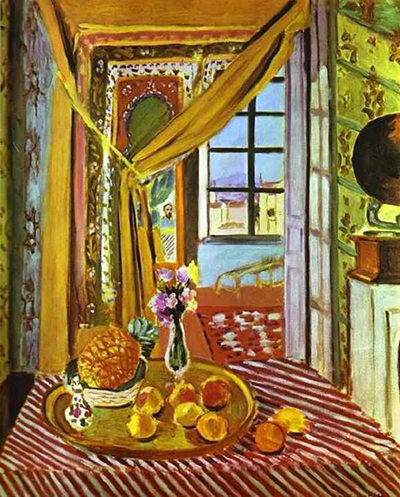
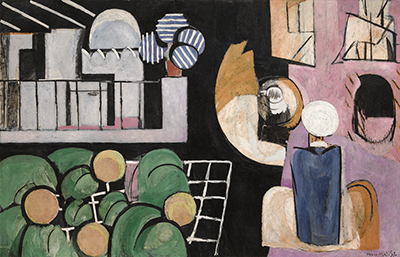
 Henri Matisse.jpg)
